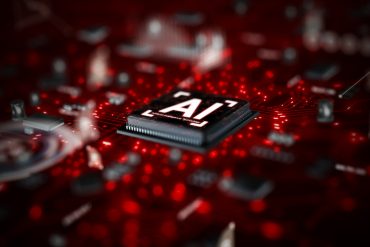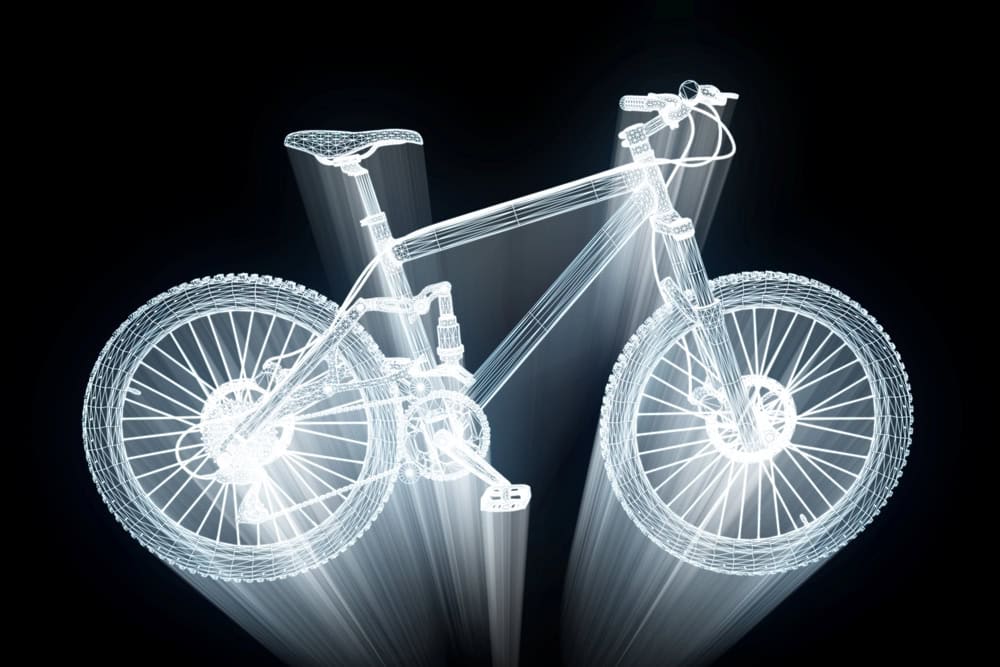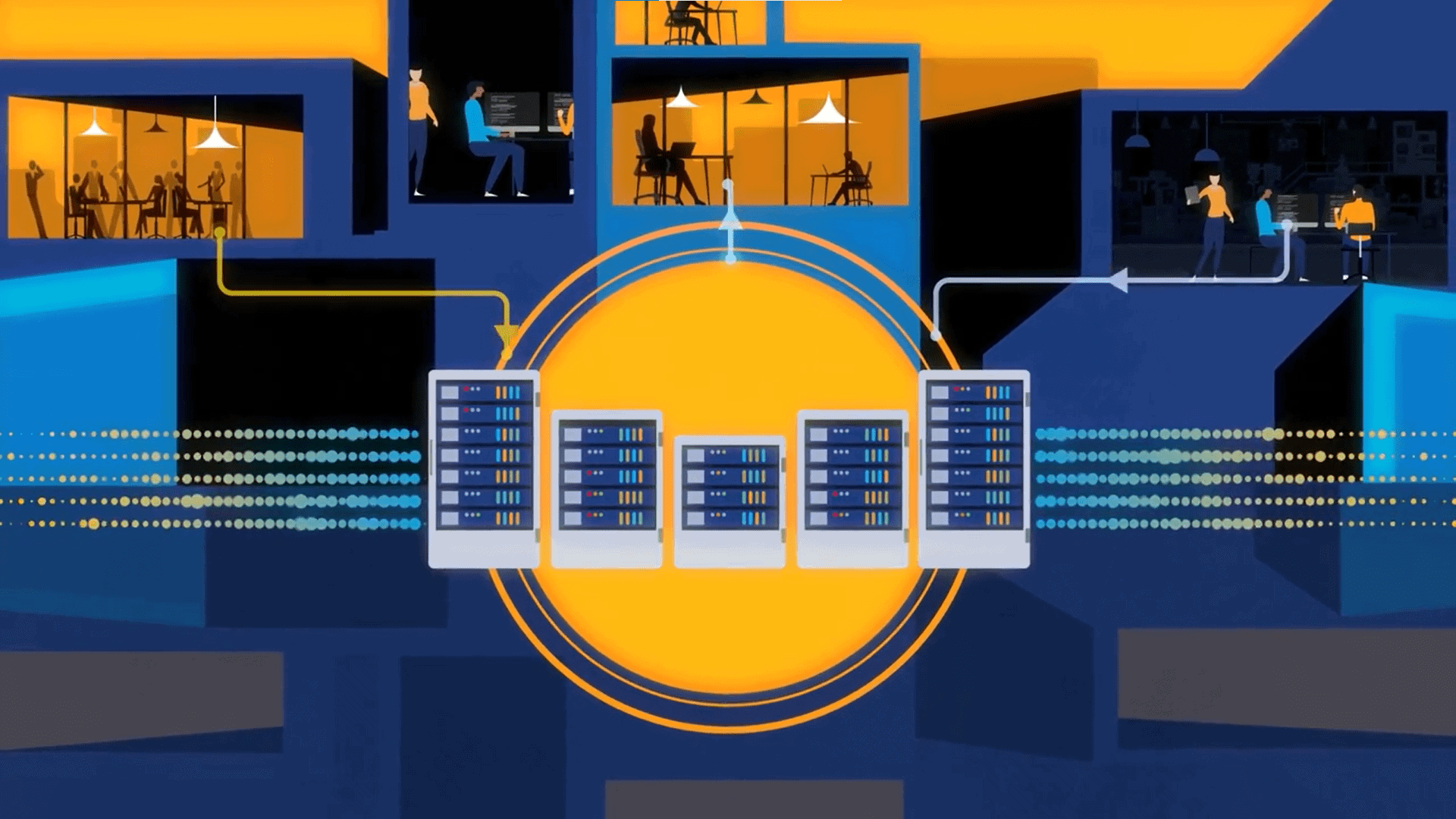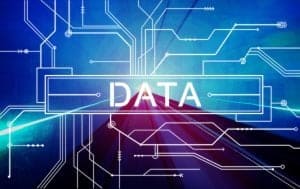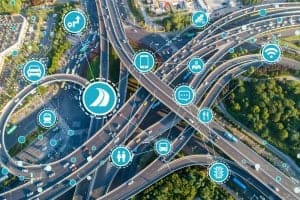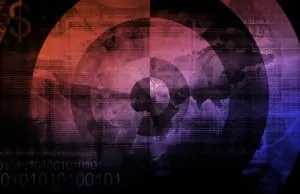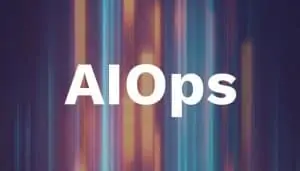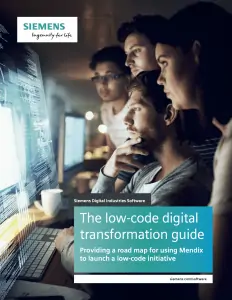
The concept of the ticketless enterprise is a radical reinvention of IT service management. It’s a vision for a world where IT issues are anticipated and prevented before they occur, where systems heal and optimize themselves, and where human IT specialists have the time to focus on innovation and strategic projects.
Digital transformation (Dx) is no longer a choice but a central element driving business innovation today. Companies are always seeking to streamline their IT operations (ITOps) and enhance user experience (UX). Even a slight advantage in these areas can enable an enterprise to get a jump on their competitors. One of the most significant areas that is waiting to be disrupted is the traditional IT service desk business.
It’s a profitable business. September 2025 data from Business Research Insights estimated that the global IT service desk market will be worth $18.04 billion by 2035, growing at a CAGR of 17.2% from its current value of $3.69 billion. Clearly, IT support is central to contemporary business practice, and that makes sense given the huge increase in the automation and digitization of companies.
Increasingly Painful Points
IT departments are having to navigate and tackle an increasing number of challenges:
- Lack of skilled resources – The best IT resources do not want to work in IT support, and they do not want to work in night shift.
- Diluted knowledge – Due to constant cost pressure new resources are not properly trained and available documentation is missing or incomplete.
- Inability to resolve an issue as soon as a call or ticket is opened – Most issues require more than one team. This increases Mean Time to Resolve (MTTR).
- Reactive vs. Proactive – Most production support activities are reacting to a problem. Only occasionally are there proactive steps to avoid and prevent issues.
What’s more, production support process currently follows ITIL which is a process that is designed to serve offshore support (i.e. big team with shared responsibility) this results in high MTTR and no capacity for a small team to be fully aware of what’s happening in the production environment.
The issue, however, is that little underlying innovation has taken place in this ticket-based model that has been the foundation of organizational tech support for decades. Users need to open an IT ticket when there’s an issue. Then the ticket gets triaged and pushed off into analysis and resolution. It’s an inherently reactive model that is both time-consuming and expensive.
In addition, there is no prioritization of issues in ticket-based models, little knowledge sharing, and difficulties in tracking recurring issues. Ticket-based systems take time and human effort, only fixing problems after they have occurred and impacted users or systems. This can lead to costly downtime, productivity losses, and customer dissatisfaction and frustration due to wait times. A further consideration is that as IT environments grow more complicated and dynamic, the traditional ticket-based approach will only continue to lag behind the volume and velocity of potential issues.
Moving Solutions Left
As AI is becoming a value-added technology for enterprises, AIOps is also being adopted in the tech ecosystem. This has enabled the concept of the “ticketless enterprise” that has the potential to highly disrupt the IT helpdesk industry. By leveraging advanced AIOps capability, this approach aims to transform IT management from a reactive to a proactive practice.
The goal is simple but revolutionary: prevent issues from occurring in the first place, rendering tickets unnecessary. Sounds simple, right? So, what is the justification for the ticketless company?
The ticketless business is not so much about problem avoidance. It is about a redefinition of the entire IT support ecosystem. Leveraging AIOps in the form of next-generation monitoring tools, intelligent automation, and enhanced self-service capabilities can create a frictionless, proactive IT landscape. With this synergy, problems can be detected and solved automatically before they escalate into serious issues, minimizing downtime and enhancing business continuity.
Issues are being identified and addressed autonomously, only being escalated for human intervention as and when necessary. This shift transforms the way businesses manage their IT services by moving towards “ZeroOps.” ZeroOps was first defined in 2022 as the concept of saving time on infrastructure tasks like provisioning, scaling, monitoring, maintenance, compliance, and issue resolution so that developers can concentrate all their skill and creative efforts on developing software products, without being bogged down by infrastructure and operations. Benefits
One of the most interesting fields of the ticketless business is the application of data analytics and machine learning in problem prediction and prevention.
By analyzing trends in system performance and user activity, such systems can identify issues before they arise, allowing for preemptive action. This predictive maintenance approach drives system reliability and availability. Resolving IT issues further up the food chain, before they can impact users, an organization can reduce system downtime for business uptime, thereby decreasing downtime and enhancing overall user satisfaction. The elimination of manual ticket handling brings massive cost savings to IT support. It creates superior experiences due to the speed at which issues are resolved and problems addressed in advance.
This is particularly crucial in today’s business environment where even minimal disruptions have significant impacts on productivity and customer experience. IT staff can focus more on strategic initiatives instead of firefighting every time. Its predictive maintenance ensures that systems will run optimally. This enhances system reliability in the process, reducing the likelihood of unplanned downtime.
Assisting organizations to stay ahead of the curve and maintain their competitive edge in a world that is increasingly digitalized is immensely valuable.
See also: Why Digital Transformation Drives the Need for AIOps
The Impact of Generative AI
One of the key enablers of the ticketless business is Generative AI (GenAI), which is revolutionizing the way non-technical users interact with IT systems. Low-code development environments, prompt-based code generation, and model-based programming allow users with little coding skills to develop and maintain intelligent solutions. This kind of democratization of technology not only reduces the burden on IT personnel but also fosters the spirit of innovation in the organization.
GenAI is also at the heart of providing improved self-service and support experiences. Intelligent, personalized solutions can be proactively presented, with many problems solved before users even realize they have an issue. Capabilities like summarization and generalization for executive dashboards improve overall user experience, making interactions with IT systems more intuitive and effective.
A ticketless business also banks on self-service portals and conversational chatbots. They allow end-users to solve simple problems and open new requests without having a “ticket.” Such a system keeps the IT support team load-free, as users are guided through step-by-step resolutions in detail and a culture of ongoing learning and skill enhancement is created in the organization.
Automated remediation takes this concept one step further. Troubleshooting common problems like password resets, software installations, and system configuration changes can be done automatically, without human intervention. Not only does this streamline processes but also introduces consistency and reduces the possibility of human error, resulting in a more continuous and reliable user experience.
See also: Availability and AIOps: Crucial in the Modern Enterprise
Sensible Implementation
Becoming a ticketless organization does not happen overnight. And it is not without challenge. One of the biggest hurdles is adoption. IT decision-makers have been following the Information Technology Service Management (ITSM) model since the 1980s, which was created to allow humans to service machines. To transition to a model where machines service other machines requires a massive change in mindset and organizational culture.
This cultural transformation is arguably the most important part of realizing genuine enterprise change. Leadership needs to have a central role in framing the message of this change, investing in the reskilling of staff and making them invested stakeholders in the automation process, rather than threatened by it. It’s essential to realize that automation is not solely an IT exercise; it’s an end-to-end change that leadership needs to drive, with definite metrics of accomplishment beyond simple cost reduction.
A potential roadblock is also that organizations must own their automation roadmap. Rather than outsourcing this fundamental initiative to vendors, companies must tackle it as a core initiative. In this manner, they can ensure that the transformation is done to suit their needs and goals, resulting in true enterprise transformation and not merely optimization.
A formalized, stepped approach with definite timeframes is useful. For example, three-month cycles for solution implementation – three months to proof-of-concept, test and decide, and the second three-month cycle for the first rollout – can deliver solutions to production quicker and allow them to be operational more efficiently, of course, with the proper guardrails.
Final Thoughts
The concept of the ticketless enterprise is a radical reinvention of IT service management. It’s a vision for a world where IT issues are anticipated and prevented before they occur, where systems heal and optimize themselves, and where human IT specialists have the time to focus on innovation and strategic projects rather than firefighting.
Utopian though this vision will seem, the technology to achieve it is rapidly maturing. As organizations become increasingly comfortable with machine learning and AI, and as these technologies continue to evolve, expect that increasing numbers of businesses will be joining the model of the ticketless enterprise.
A ticketless enterprise implies faster, more reliable IT services, which in turn facilitate greater business agility and responsiveness to changing market conditions. Reduced operational costs and increased reliability of systems translate directly to the bottom line, while a more proactive IT approach drives innovation and competitiveness.


